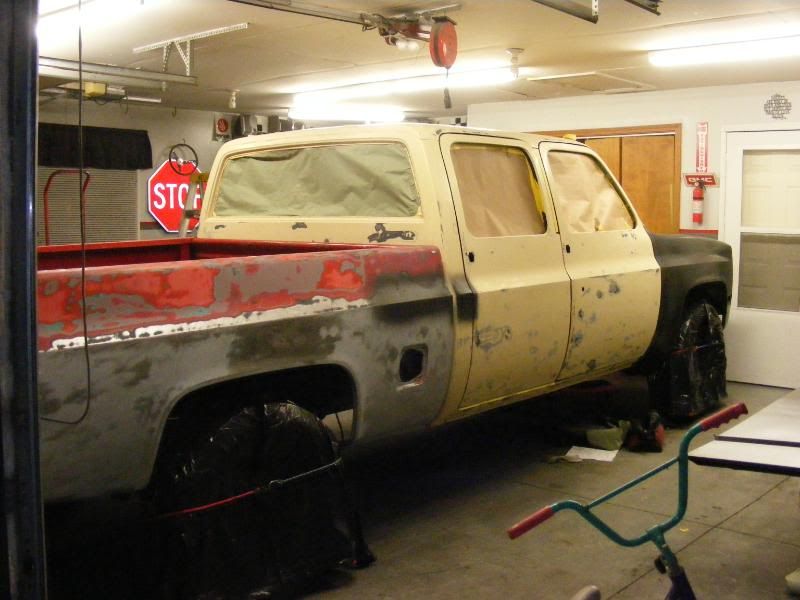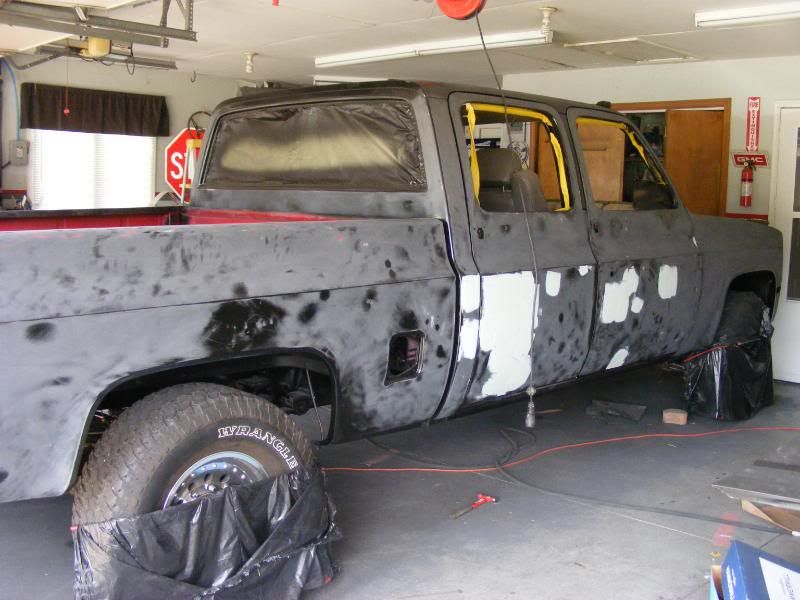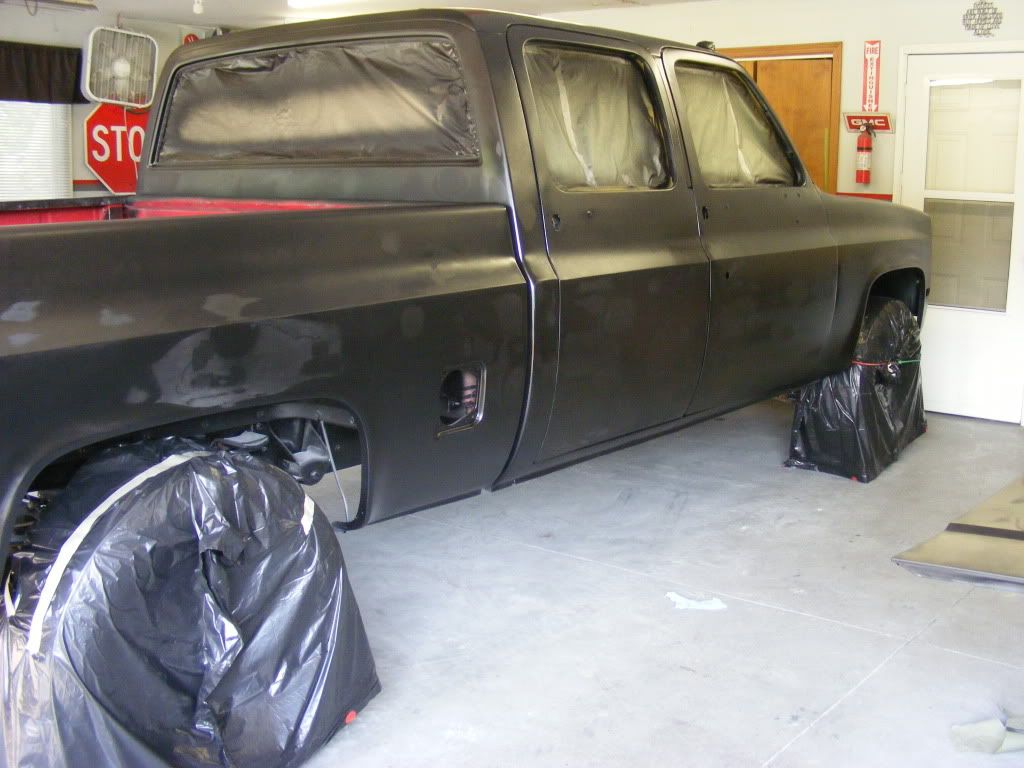M
mike r
Being that Im half way thru my second paint job, (ever) I had a hand full of questions about Polyester primer. after some searching on the forum I have found the answer to most of them. except:
Just shot my truck with feather fill G2 yesterday, now im ready for the blocking process. I have read on here that the goal is to get to 320. What I cant seam to find is the way in which to get there. Im thinking 180 to 320 or is it better to 180-220-320 or just start and end with 320. I have heard some say that its harder to sand Poly, so im confused on where to start.
my other question is: once its at 320 the "perfect paint job states to add 2 shot glasses (3 oz or) of reducer to the epoxy for a sealer. I have also read some guys mix 20% and others do 1:1:1 what are the deciding factors that determine which way to mix it?
Thanks mike
Just shot my truck with feather fill G2 yesterday, now im ready for the blocking process. I have read on here that the goal is to get to 320. What I cant seam to find is the way in which to get there. Im thinking 180 to 320 or is it better to 180-220-320 or just start and end with 320. I have heard some say that its harder to sand Poly, so im confused on where to start.
my other question is: once its at 320 the "perfect paint job states to add 2 shot glasses (3 oz or) of reducer to the epoxy for a sealer. I have also read some guys mix 20% and others do 1:1:1 what are the deciding factors that determine which way to mix it?
Thanks mike






